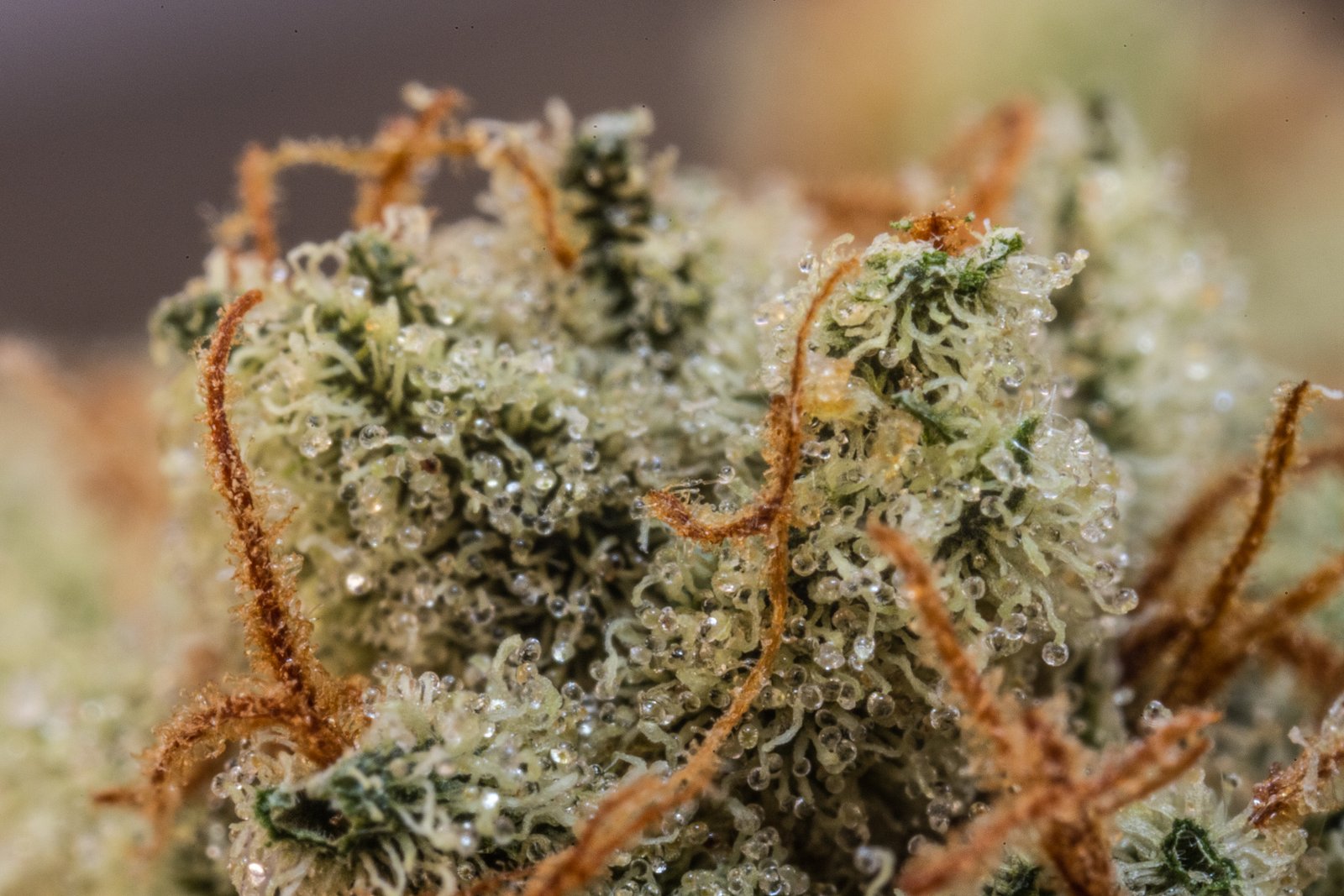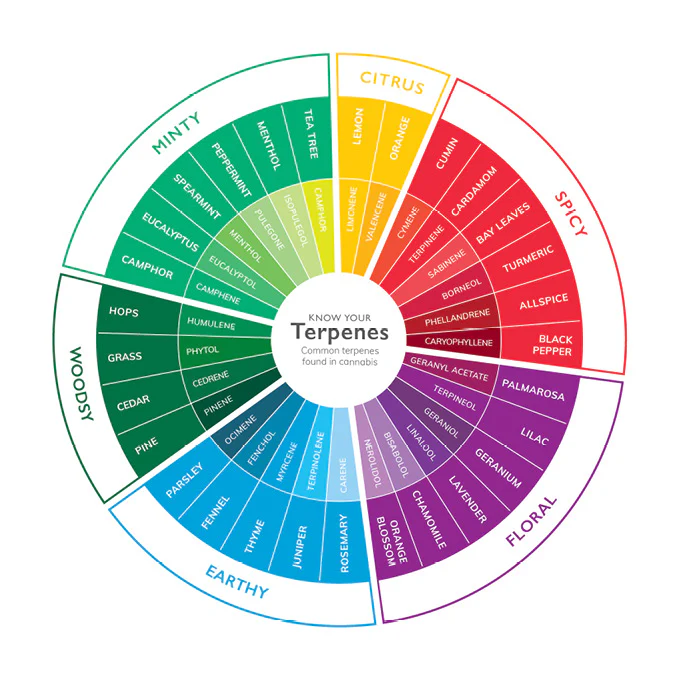That’s Not a Sativa, Bro:
A logical case for a change in product nomenclature, to better serve consumers in the cannabis industry.
By: TMB
Problem Identification
Take a quick peek at a menu for any one of the thousands of businesses worldwide that are currently able to sell legal cannabis for medicinal or recreational purposes. There is approximately a 99% chance that the flowers on the menu will be segregated into strange funny sounding categories that your average smoker is not quite sure what they mean. Indica? Sativa? Hybrid? Which one is which? Which one is for heavy duty pain? Which one is for daytime and won’t make you tired?
Well, unfortunately it isn’t that simple. At this point, we, as producers and providers need to make it as easy as possible for consumers to determine which product best suits their needs. I propose that we make changes to the way we market the products to consumers altogether.
Current Terminology Issues
The terms “Indica,” “Sativa,” and “Hybrid” are pseudo-classifications of growth characteristics of Cannabis Sativa-L plants. They can be useful when growers are discussing plant management and selection. A breeder will use these terms to delineate growth pattern and life cycles of genetic lines they offer for sale in seed form. However, they mean very little, if anything at all to your average cannabis consumer.
I can’t remember the last time I was worried about the branch pattern on the apple tree that my bag of apples came from. What I do like to know is what the flavor is. I like to know if it’s crisp and smooth or soft and mealy. Is it sweet? Is it sour? Does it have the acidity that stings my tongue?
We make very similar considerations when choosing our cannabis products, but for some reason, instead of identifying prominent traits of the products that are sold, we arbitrarily classify them in a way that is only beneficial to the people at the beginning of the distribution chain.
Transition to Legalization
This is the beginning of a worldwide transition to legalized cannabis. It is now available to a large consumer base previously turned off by it due to its illegality. This new base is completely ignorant of all previous terminology, and the tradition of what growers and stoners have called the flowers for decades. We have a chance to end the confusion and start providing people more accurate descriptions of products.
We need a standardized classification system for cannabis flowers and extracts based on terpene profile and cannabinoid ratio present. After all, every day we are learning more about the relationship between terpenes and cannabinoids, dubbed the “entourage effect” by Dr. Ethan Russo. Meaning that all of these compounds work together to form an overall effect of cannabis flowers or extracts. These effects vary on an individual basis, and only once a consumer is familiar with how their body is affected by different terpenes and cannabinoid ratios, can they really start to determine which product is best for them.
Better Classification Methods
There are several ways that we could better classify products for consumers. The most accurate way to separate flowers and extracts is by the potential effects based on what we know about the terpenes present. Some companies have begun to list terpene content on packaging to help identify potential effects. However, this is only a small fraction of companies, and the information isn’t the primary way the products are marketed or categorized. Instead, they are generally still on the same menu lumped into Sativa, Indica, and Hybrid sections.
In reality, these terms are very non-specific, and each category can contain an infinite number of terpene combinations and ratios, and the same with cannabinoids. This leaves the consumer confused when they purchase a product that they think will have one effect on them, and it ends up having the opposite effect. This isn’t acceptable in other industries, and it shouldn’t be acceptable in the cannabis industry. Most other legal industries would end up in lawsuits over false advertising or misleading packaging. We have a chance to stop that before it happens to us. Most producers and retailers aren’t actually trying to be deceptive; they have just not been presented with a better option.
Solution Proposal
So let’s give it to them. Let’s abolish the current system and set a new standard for honest and accurate classification and marketing in the legal cannabis industry. Terpene-based marketing/distribution has the potential to increase the effectiveness of products on a case-by-case basis for medical users, as well as increase the customer base of recreational users, by being more informative and specific about each product, and helping them find their preference more easily.
We should adopt a universal system for easily identifying at a quick glance what general terpene profile each strain or product has.
- The most readily adaptable concept that is visually appealing and easily identifiable is the terpene wheel. The terpene wheel is a pie chart that identifies different common terpenes and lines them up with their associated flavors and aromas.
- Several other industries already employ similar charts to help consumers decide which product best suits their needs. If you walk into a high-end chocolate shop, you can find a chocolate wheel. A distillery may have a flavor wheel if they are aging whiskey.
- I propose all points of sale of cannabis products make a simple cannabis terpene wheel available to customers that has a color code of terpenes and their associated effects. This will make it infinitely easier to match people up with products, by immediately telling them what they don’t want.
Using a system like this will benefit businesses and customers, as it will more accurately match people with products they desire and will also increase the average speed of transactions for the business overall. I’m sure the whole industry would love to do away with long lines at shops due to indecisive customers. This is a very simple, cost-effective way to do just that while actually providing a better service as well. We are far past the days of having to make do with whatever your friend’s brother brought home from college last weekend. So it is time for us as an industry to act like it.





